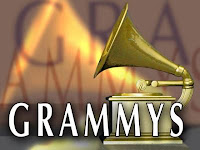Another provision sets the condition that any show advertising can't confuse the artist's brand with one not consistent with the artist. That means that if the artist doesn't like firearms or tobacco or even Republicans, then the advertising for their concert can't be associated with those people, places and things in any way.
As far as brand association, this is just good business. If you're Taylor Swift, for instance, you don't want to be associated with a site that's biker oriented, and if an artist is a proponent of a vegan lifestyle, then being joined at the hip with Ted Nugent just wouldn't work either. This probably wouldn't happen to begin with since any adverts would be badly missing the target market and be just a waste of money, but the contract language now ensures that it won't.
That said, both the promoter and artist are trying to sell tickets any way they can, and let's face it, it's tough going in most markets these days. While all artists hate to be pirated, the fact of the matter is that at least some of the piracy is the reason for the visibility of the act in the first place.
Still, the new contract language just goes to show that everything in the business, including the agreements, is evolving as our media technology progresses.
----------------------------------
Help support this blog. Any purchases made through our Amazon links help support this website with no cost to you.
Interested in the Music 3.0 archives? Buy The Music 3.0 Guide To Social Media. The best of over 800 posts.
You should follow me on Twitter for daily news and updates on production and the music business.
You should follow me on Twitter for daily news and updates on production and the music business.
Check out my Big Picture blog for discussion on common music, engineering and production tips and tricks.



